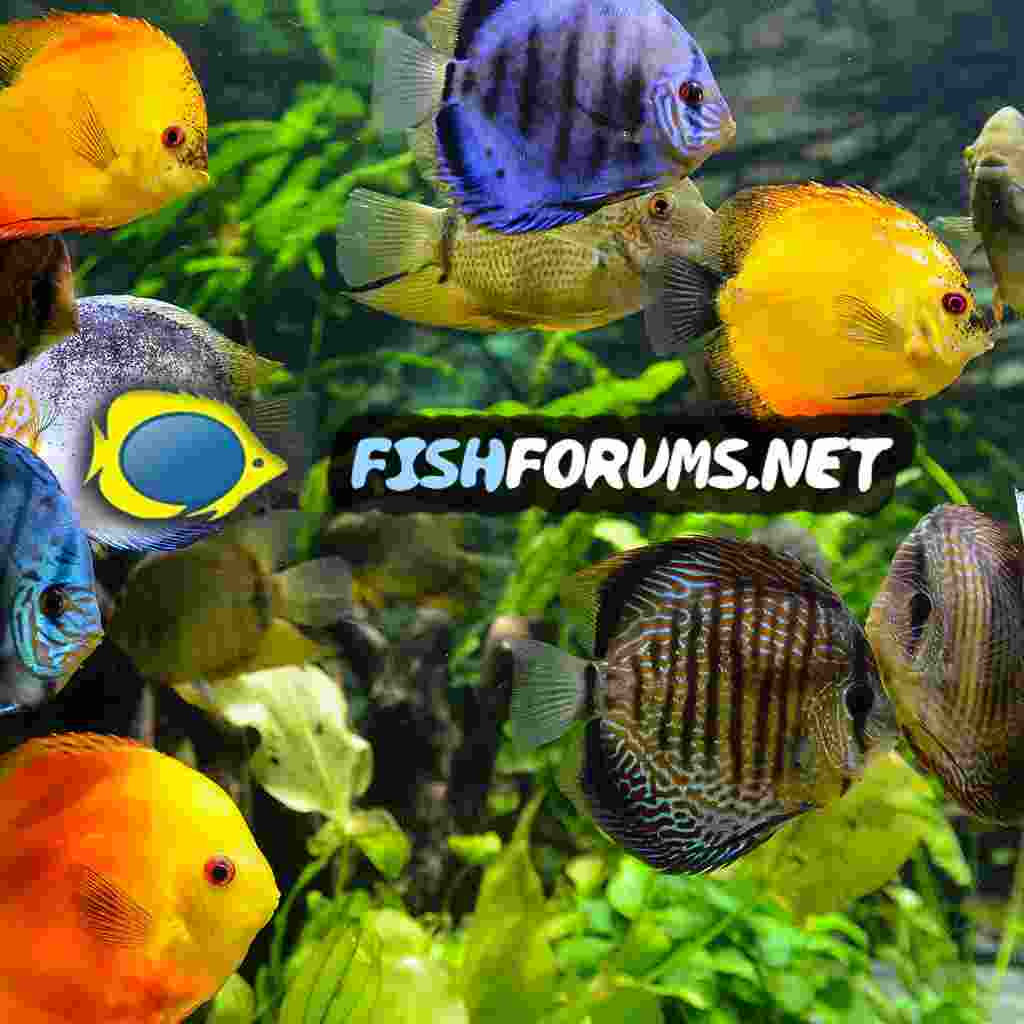Fox46
Fish Fanatic
I bought five Platys (one male 4 females) four weeks ago from an LFS I don't usually use. I put them in a 25l quarantine tank (thankfully) and settled in to observe them. I immediately noticed they were trailing long white poo, and I mean long. I suspected stress and change of diet, so waited. One female died after about three days. The poo became occasionally darker, sometimes multi shaded, but remained trailing. After 3 weeks I thought maybe internal parasites so gave them a dose of eSHe ndx four days ago and did a 50% water change. They stopped doing trailing poo, some of it is still white though not as bad, but now another one died yesterday. She'd been listless and not eating, hanging around at the bottom or lingering motionless at the top for a couple of days. I've checked the water parameters three times, all normal. I regularly hoover up the bottom of the tank, I feed a varied diet of flakes, granules, veggie granules and bug bites. From time to time I notice they have clamped fins, but then they seem okay again. For 24 hours now the male has been bothering one of the females and lunging at the other, causing it to hide from time to time. I notice all have clamped fins this morning.
I'm at a loss now. I have a follow up eSHe treatment planned for next week to catch any eggs but I'm just not confident about putting them in with my other fish. Anyone any ideas?

I'm at a loss now. I have a follow up eSHe treatment planned for next week to catch any eggs but I'm just not confident about putting them in with my other fish. Anyone any ideas?



